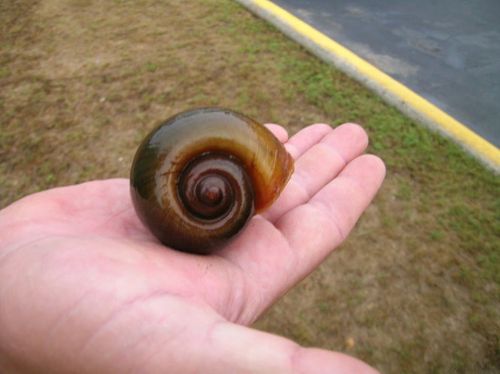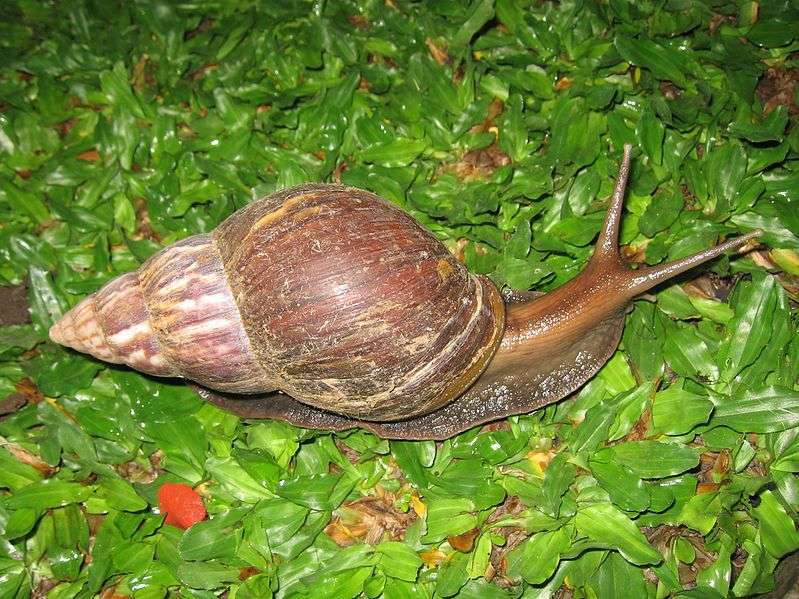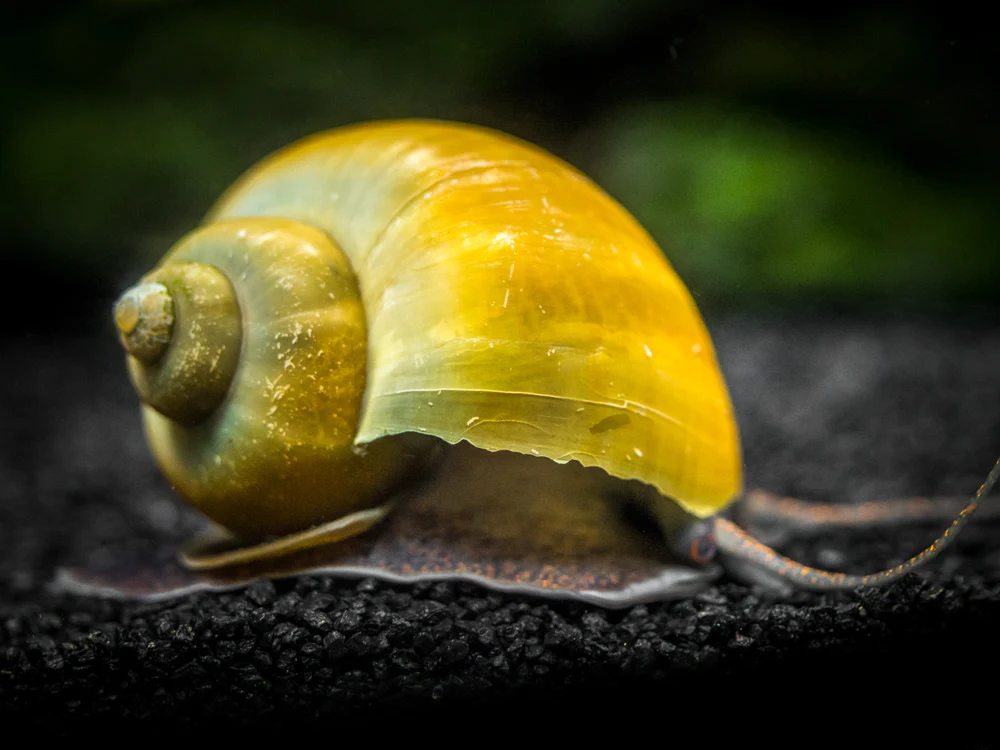
Description
Size: Apple snails are among the biggest freshwater snails, usually reaching heights of 2 to 4 inches. The biggest shells can be as long as 6 inches.
Apple snails come in a wide range of hues and designs. Apple snails have a dark foot and a shell with dark brown stripes when they are in the wild. The wild form typically does not appear first when searching for apple snails online or in aquarium books. In stark contrast to its wild cousin, the most common and popular coloration is a beautiful golden shell with a light-colored foot. This shade is typically offered for sale in aquarium stores. Ivory, characterized as an albino gold, blue, with an almost-purple foot and an off-white shell, and jade, with a dark foot and a golden shell, are rarer hues that are occasionally seen.
Origin
They are indigenous to Africa and South America. The majority of the snails kept in aquariums belong to the genus Pomacea and are indigenous to South America.
Behavior
Apple snails are extremely calm and won’t annoy any of your fish tank neighbours. Apple snails are most active at night, which suggests that they like their surroundings to be darker. They generally hide away in the dirt and in the shade of vegetation throughout the day. They become more active in the evening and are then seen nearer the surface.
Keeping as Pet

Habitat
For the apple snail, you’ll need a tank that is entirely secure. It enjoys spending some time above water, so if it can discover a method to go away while having adventures above water, it will strive to do so. Even if you don’t think it would fit, it might, and it might hurt itself in the process.
Apple snails, compared to other snails of the same size, can survive in relatively small tanks. The smallest size is 5 gallons, however more is generally preferable. They will develop more fully the more room they have to do so. (There are, of course, other aspects.)
In the wild, these snails can be found in ponds, rivers, and marshes. Those areas would often feature muddy soils and rocks (maybe). Sand is advised because this can be difficult to maintain in a home tank design. Any organic particles that float there can be sorted through by the snail and eaten.
Water Conditions
Although these guys aren’t very particular about their water, you still need to make sure that certain water characteristics are ideal for this tropical freshwater snail. They consist of the following:
Temperature: 68 to 82 F (20 to 28 C)
pH level: 7.0 to 8.5
GH level: 8 to 18 dGH
Diet and Feeding
Apple snails are very picky eaters and will consume practically anything from which they can rip off chunks. They consume everything, including cucumber, spinach, carrots and lettuce as well as fish food, dead fish, other snails and their eggs, algae and brine shrimp.
The algae, unused fish food, and fish excrement (detritus) will be removed from your aquarium by your apple snail, but you’ll probably need to top-up the food levels with items like fish food pellets and flakes, algae wafers, and blanched green vegetables.
Tank mates
Compatible tank mates for apple snails include: guppies, neon tetras, some minnows, corydoras catfish, shrimp and danios.
Table





